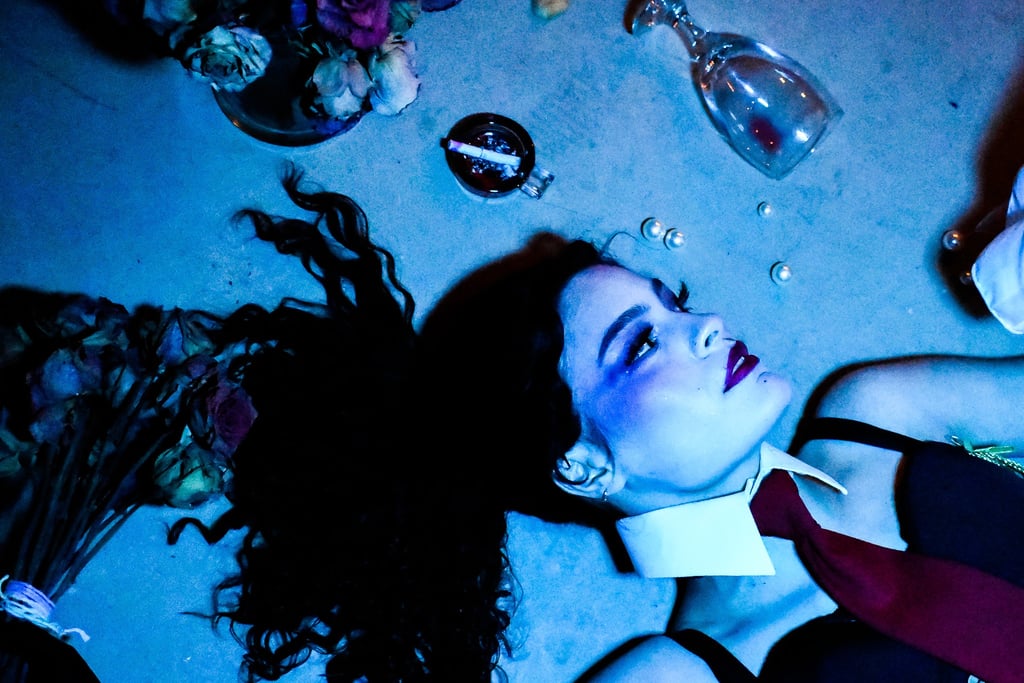God Save Vivienne Westwood: Fashion’s Queen of Punk
By Kitty Quinn, Photographed by Milan Lazovski, Styled by Milan Lazovski & Kitty Quinn, Model: Lilianna Colorado
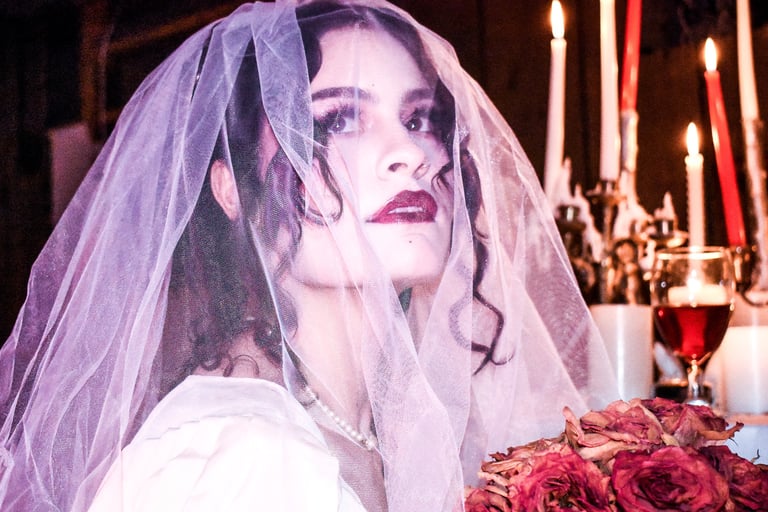

“Fashion is very important. It is life-enhancing and, like everything that gives pleasure, it is worth doing well ” - Vivienne Westwood
Throughout history, it has always taken one odd person out to spark a revolution— and in this case, it was the fashion world’s queen of punk, Vivienne Westwood. She was not just any designer, but a rebel, activist and provocateur in every sense of the word. If her name doesn’t ring a bell, her work has become iconic enough over time to be reproduced and displayed at a level that could be recognizable to even the untrained eye. Following the passing of Westwood on December 29th, 2022, Starmaker Machine wanted to honor and remember the fashion icon that brought politics to fashion and aided in the creation of punk aesthetics and attitudes.Taking inspiration from her S/S 1997 collection titled ‘Vive La Bagatelle’, we built upon the nuanced bridal theme and sought to make it our own in a way that paid respect to Westwood’s vision.
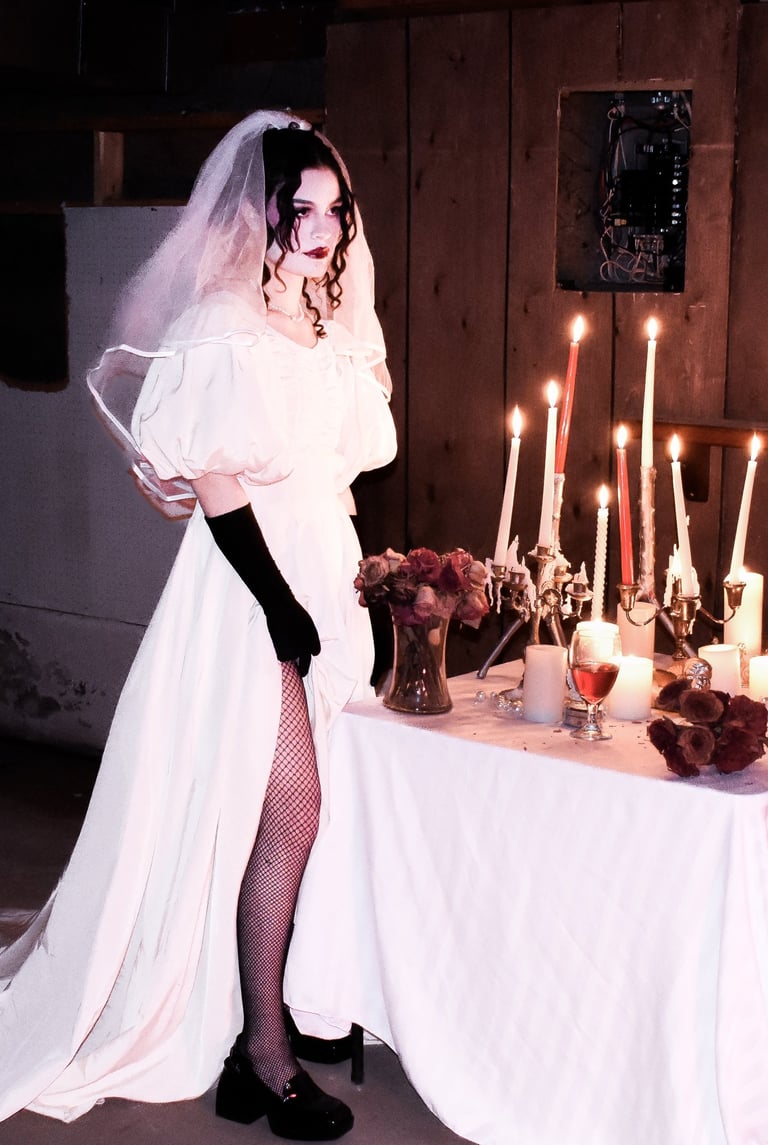

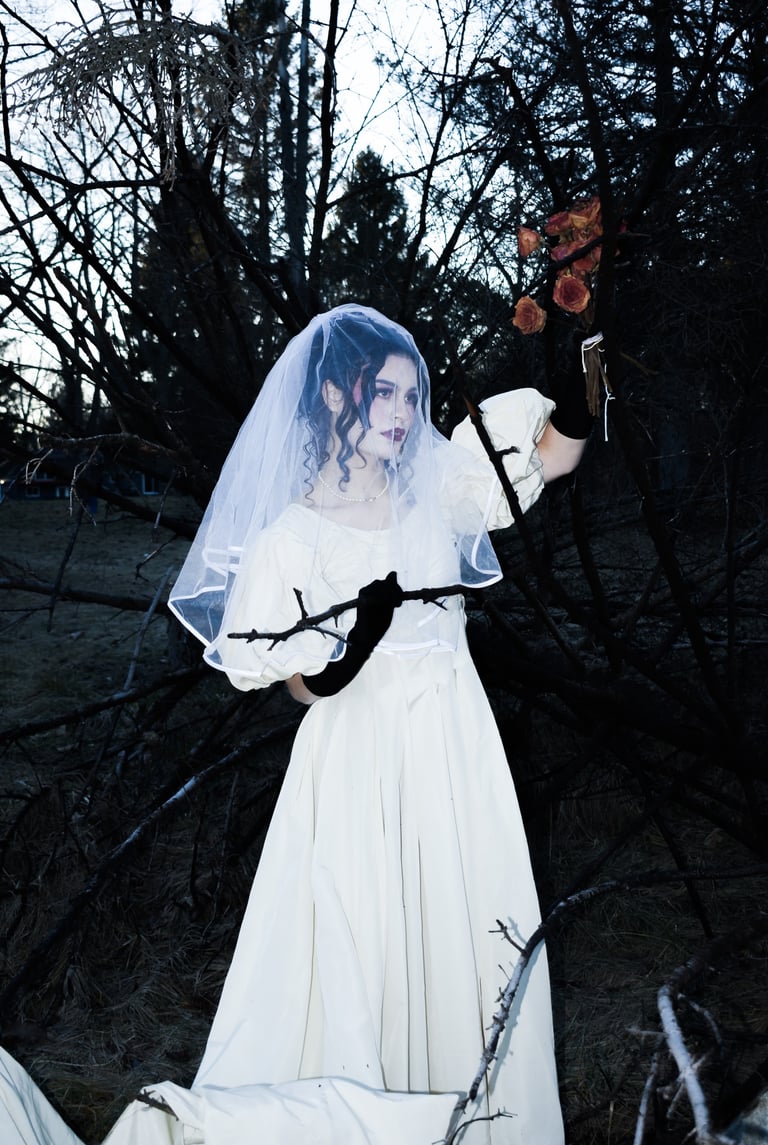

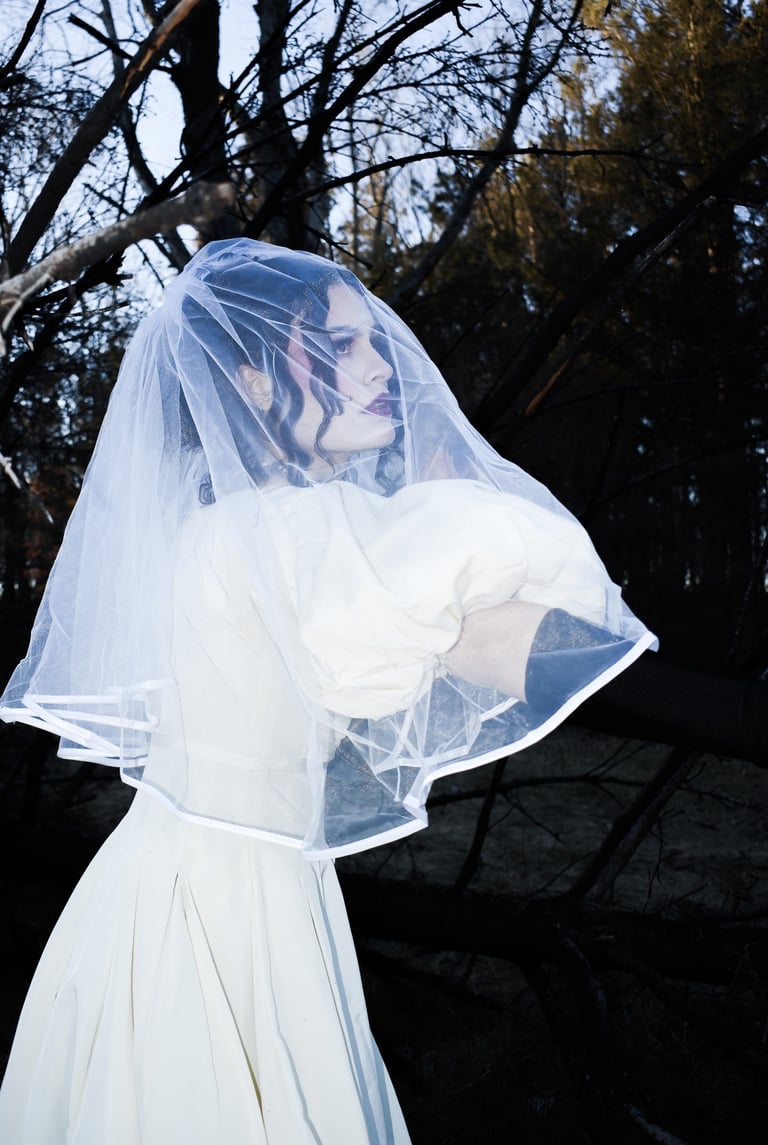

Born Vivienne Isabel Swire on April 8th, 1941, Westwood was no stranger to humble beginnings. Being the daughter of a cobbler and cotton mill worker, she was unfamiliar with the arts and was on track to living a sensible life. By the age of 17, Westwood and her family migrated to Harrow where she eventually enrolled in teacher training school. Later in life, Westwood would stress that growing up in the industrial revolution prevented her from going to art galleries and the theater. By the early 1960s, Westwood had married Derek Westwood and had her first son, and began her work as a teacher. However, this marriage didn’t last and Westwood met Malcolm Mclaren, an art student and the future manager of the Sex Pistols. While never dabbling in art before, Westwood was inspired by her new partner to start creating jewelry on the side. This introduced Westwood to a world that was unfamiliar to her— showing her the freedom of creativity and just how political art could be. In 1971, Westwood and Mclaren opened the famous King’s road boutique that housed her designs. Later on, when Mclaren began managing the Sex Pistols, it was Westwood’s designs that helped shape the image of the then brand new band.
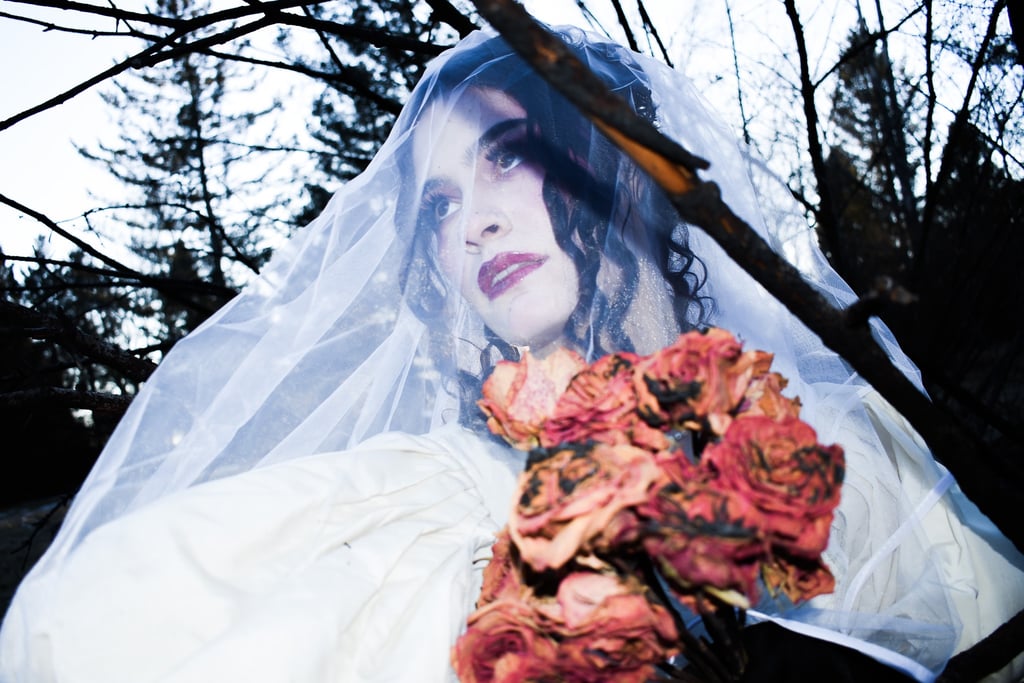

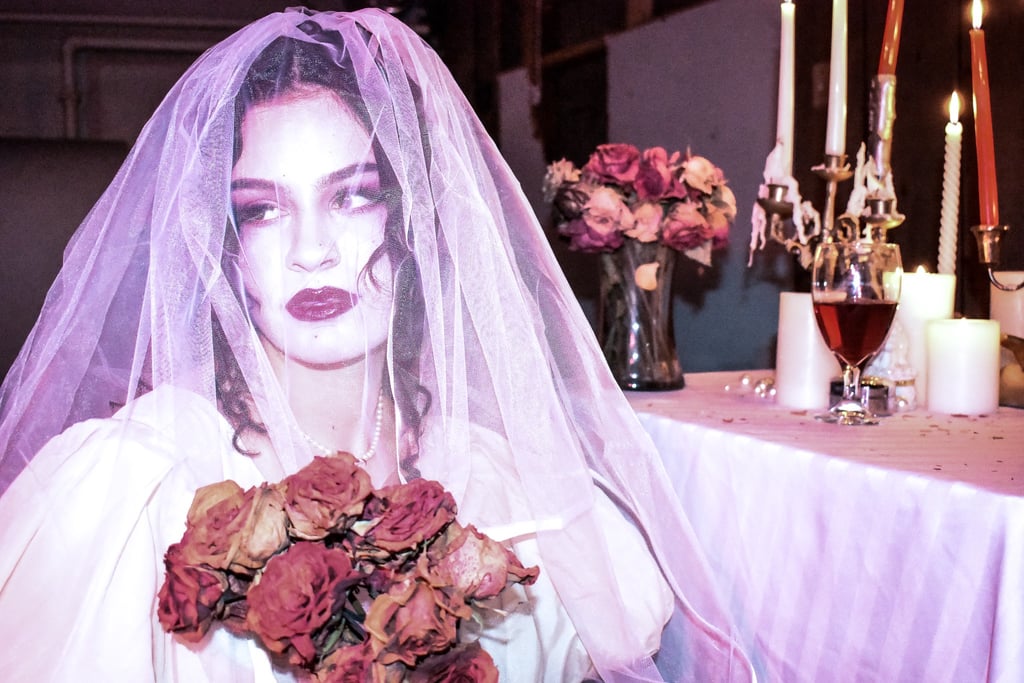

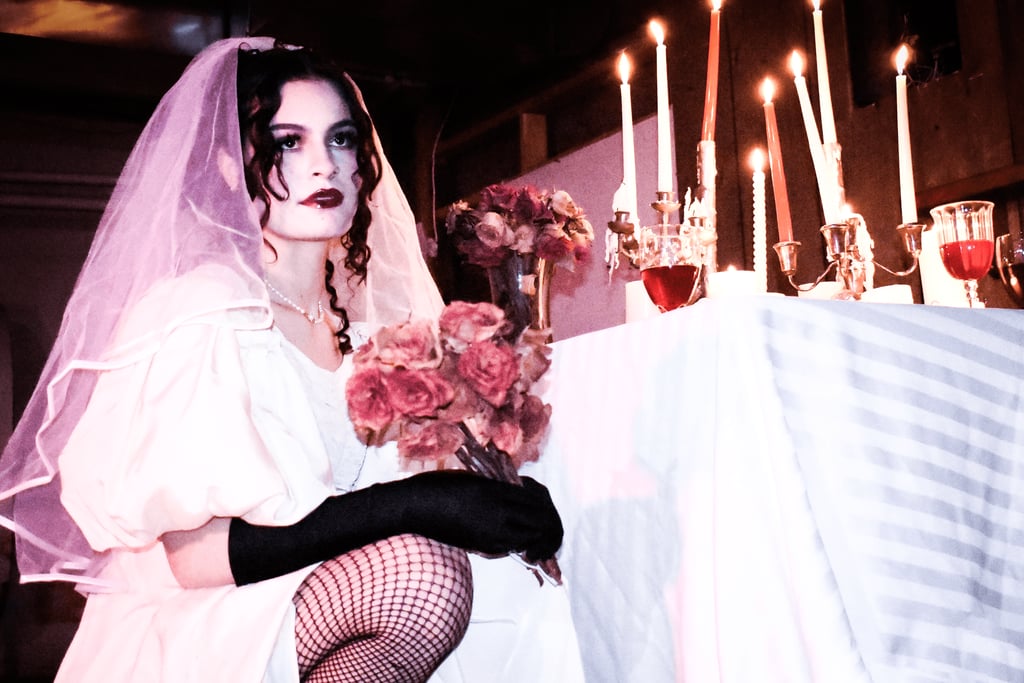

As her career progressed, the name Vivienne Westwood and the word “unconventional” have become synonymous. In the latter end of the 1960s, Westwood and Mclaren rejected the hippie sensibility of the era and embraced a more rock and roll ethos. Never one to shy from shock and awe, though renamed a handful of times, Westwood and Mclaren’s shop was most famously known as ‘SEX’. Going along with that theme, the pair's designs were played upon fetish wear, and were inspired by “deviant” sexual practices. By 1976, the shop’s name changed again, yet the provocation remained. Now paired with their signature fetish fashions were references to combat gear, motorcyclists and more purposefully distressed appearances to their garments. This line also featured intense imagery such as swastikas, defaced images of the Queen and pictures that could be considered pornographic. Much of the clothing produced during this period was worn by members of the Sex Pistols, which was a group built upon the foundation of Mclaren’s idea that youth needed more overtly protest-oriented bands. This proved to put much controversy that Westwood continued to carry throughout her decades-spanning career. While the Sex Pistols split, Westwood’s creative fire was only stoked more, and she began working towards finding a new way to portray her political beliefs and represent other outsiders much like herself. When the 80s rolled around, Westwood curated the highly coveted ‘new romantic’ aesthetic that 17th and 18th-century-inspired silhouettes soon became highly influential due to many of the era’s musical acts beginning to adopt the style. Throughout her career, Westwood was often judged and even made fun of due to her uncommercial and unconventional fashions; however, she never shied from her truth and continued along her path— which, in turn, landed her the 1990 and 1991 Womenswear Designer of the Year award from the British Fashion Council.
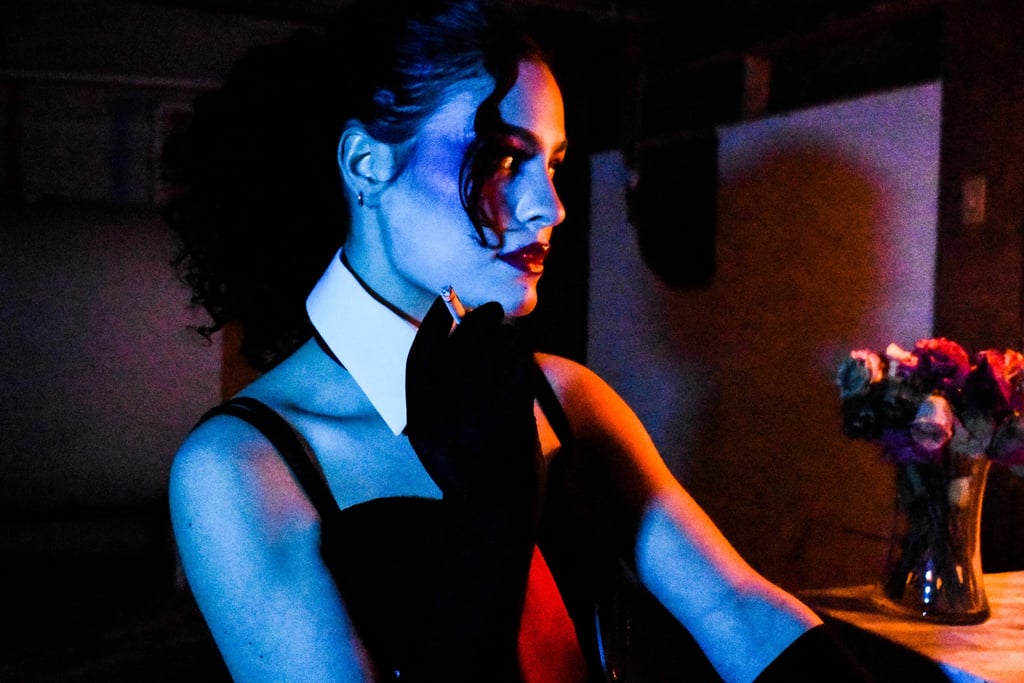

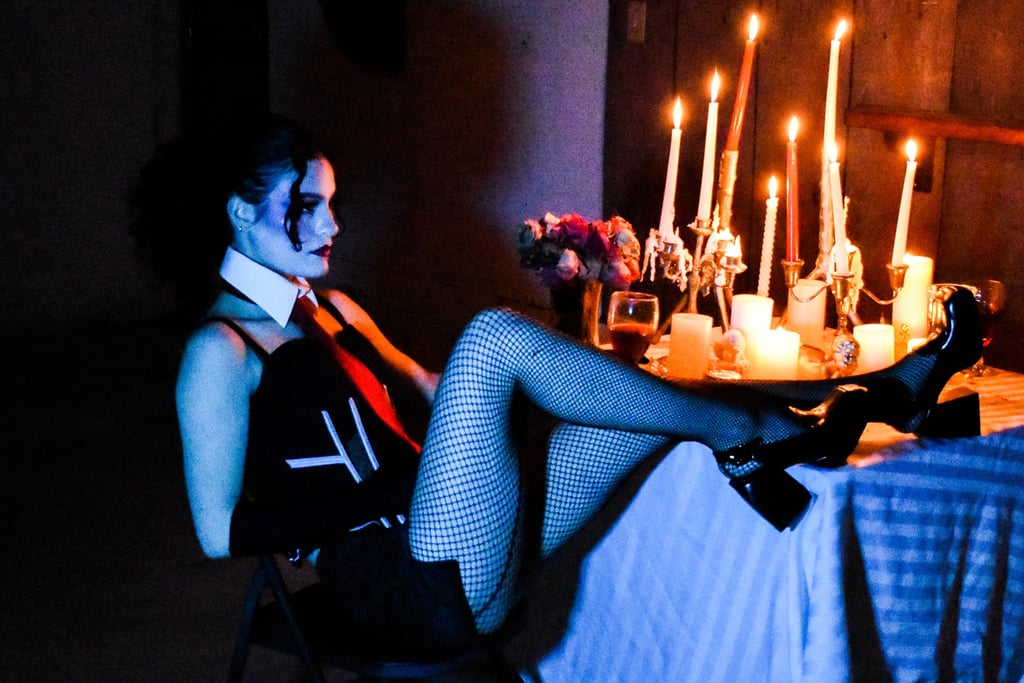

Despite critiques, Westwood’s designs reached the mainstream rather quickly— garnering her a fortune at her shops and even in international sales. Not only did she open more shops globally, but also developed a great number of accessory and fragrance lines paired with her impressive docket of fashion lines. As years passed, Westwood continued to build her clothing empire which continues to be recognized today. Prior to her recent death in 2023, Westwood continued to produce and show brand-new collections, and never strayed away from her roots in political activism. Following her marriage to Andreas Kronthaler, Westwood was able to brave new frontiers of the fashion world due to his aid in her creative process. Despite any and all help from outside parties, Westwood’s legacy is hers and hers alone due to the boundaries she crossed in both fashion and politically in her lifetime. She did not create fashion only because she loved it, but also because she saw it as a way for people to get involved in politics. With the help of Kronthaler once again, there is hope that the future of the Vivienne Westwood name will continue with its controversial, radical and rebellious spirit that sparked Westwood’s empire in the first place.
Westwood’s life and work is a prime examples of how rebellion, even in small ways, can spark change within society. She was the mother of punk and curated a style that was not only defined by exhibitionism but also brought her political agenda to a broader audience. Love her or not, Vivienne Westwood was a force to be reckoned with, and a name that’s sure to never be forgotten.
